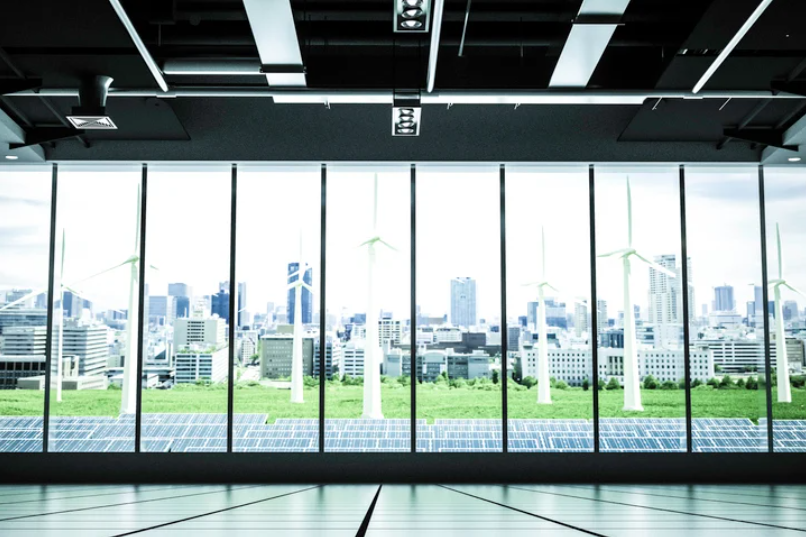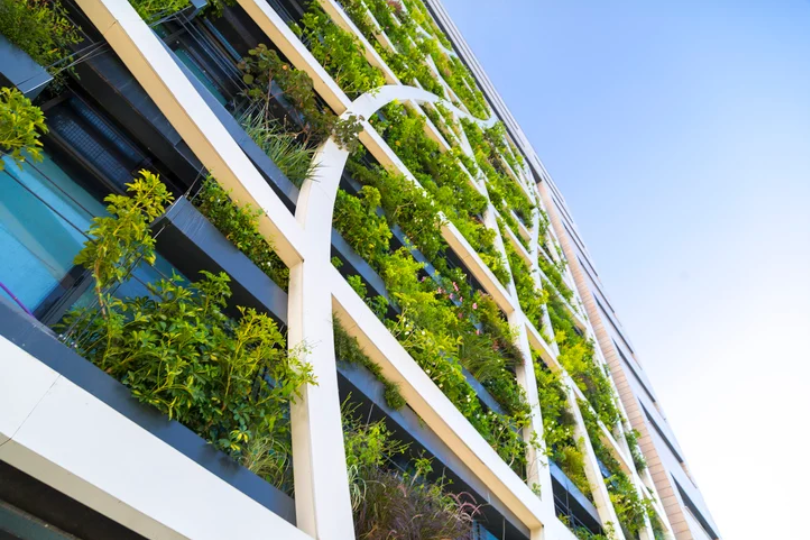A sustainable city—also referred to as a “green city” or an “eco-city”—is an urban enclave whose design, construction, and operation prioritizes the preservation of the natural world alongside the economic, social, and physical health and wellness of the city’s inhabitants.

Sustainable cities take the long view by minimizing damage to local ecologies and creating compact resilient urban spaces that will provide shelter for many generations to come. Issues of land use, biodiversity, conservation, as well as the cleanliness of air and water are carefully considered in sustainable cities, which also aim to foster connections between people and strengthen communities through intentional urban design.
In the context of climate change, sustainable cities must also be able to adapt to a changing planet and withstand extreme weather events like floods, wildfires, and hurricanes. This will likely come as no surprise, but keep in mind, most modern cities are not sustainable. Not by a long shot.
If green cities can be characterized by verticality, compactness, high density, walkability, mixed economies, robust public transit networks, and environmental protection, then the majority of modern cities embody the exact opposites of these traits. Heedlessly bulldozing and paving over precious ecosystems, today’s cities and the many headed hydra of low-density suburbs that sprawl ever outward from their centers are wasteful, inefficient, and destructive to the natural world. Built for cars rather than pedestrians, the slum ridden megalopolises of the modern era are impenetrable labyrinths of financial and commercial districts that silo off communities, isolate neighbors from neighbor, and cut us off from nature.

GREEN CITY CONCEPT: WHAT WOULD A SUSTAINABLE CITY LOOK LIKE?
Now imagine a city interwoven with lush greenery. Community gardens blanket the rooftops and line the thoroughfares. Getting around is simply a matter of opening your front door and starting to walk. Open air plazas merge into the streets, broad bustling avenues teeming with pedestrians and bicyclists.
Gone are the choking fumes and gridlock of endless vehicular traffic. Automobiles aren’t allowed within this city’s limits, or if they are, they’re restricted to only certain areas. Banning cars might sound outlandish, impossible even, but it’s already a reality in parts of London. One vibrant neighborhood blends into the next, all accessible by foot, bike path, or trolley.
All the buildings are LEED certified and many are made almost entirely out of recycled plastics, green concrete, or even locally sourced and renewably harvested wood. All of the city’s energy comes from zero emission renewable sources. Geothermal heat pumps supply hot and cold air. High rises draw power from turbines that cap their roofs or spin industriously in offshore wind farms visible in the distance. Maybe some of the skyscrapers are clad entirely with solar panels, like the Copenhagen International School in that city’s Nordhavn district.
If you want to travel a long distance or leave the city for a neighboring region, just take a stroll down to one of the many public transit nodes and hop on a high-speed rail that will carry you through the verdant forests, prairies, wetlands, and agrarian pastures that surrounds your metropolitan home. When you arrive at your destination, you simply get up and keep walking to wherever your feet will carry you.
Resources : Green Cities: How to make a Sustainable https://onekeyresources.milwaukeetool.com/en/green-city
Tarikh Input: 02/10/2023 | Kemaskini: 24/10/2023 | aslamiah
PERKONGSIAN MEDIA


























